
Wondrous beauty of the landscapes is often “built” on the rocks, or at least include solid rocks. The stones here at how to grow out of the ground, they absolutely fit perfectly in any landscape.
Place on the lawn a couple of boulders bizarre every grower thinks almost their direct responsibility. What is fashion? Or the need to add a missing element to the landscape? Let’s try to understand, and then talk about the types of imported stone and how to use it in garden compositions and the landscape as a whole.
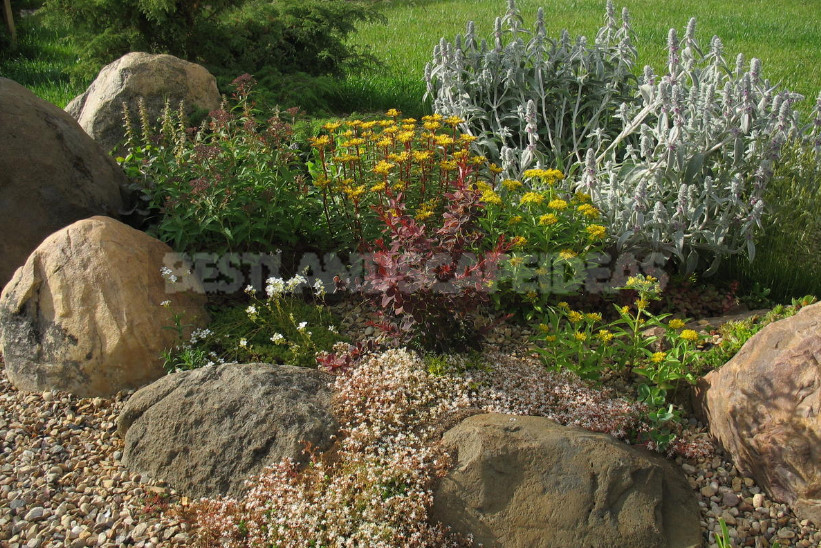
Birch, willow, spruce forests, hills covered with grasses, interspersed with oxbow lakes and river valleys. Picturesque? Quite. Maybe not as colorful as in the subtropics, but simply, exquisitely and even spiritually.
It would seem that this idyll should be imitated and repeated in the countryside, made in landscape style. However, even a superficial acquaintance with the gardens shows that they usually have no place for motley grass and birch groves, and one of the main roles is played by stone: just blocks, rockeries or Alpine hills, lined with rubble retaining walls.

Stone in nature and in man-made landscape
Rocky landscapes are of mountain or glacial origin. Boulders and boulders of different sizes are found almost everywhere in the foothills.
Glacial landscapes are also rich in stone. It carries in its thickness retreating glacier and leaves around the front in the form of rounded boulders.
Rocky landscapes are also found in areas where erosion cuts through various fossilized sedimentary rocks-limestone and Sandstone.
In other words, it turns out that the stone-an element for the landscape, if not alien, then at least uncharacteristic. No stone was used at the dawn of landscape art at the turn of XVII–XVIII centuries. Blocks of very unpredictable forms did not fit into the strict canons of the regular style.
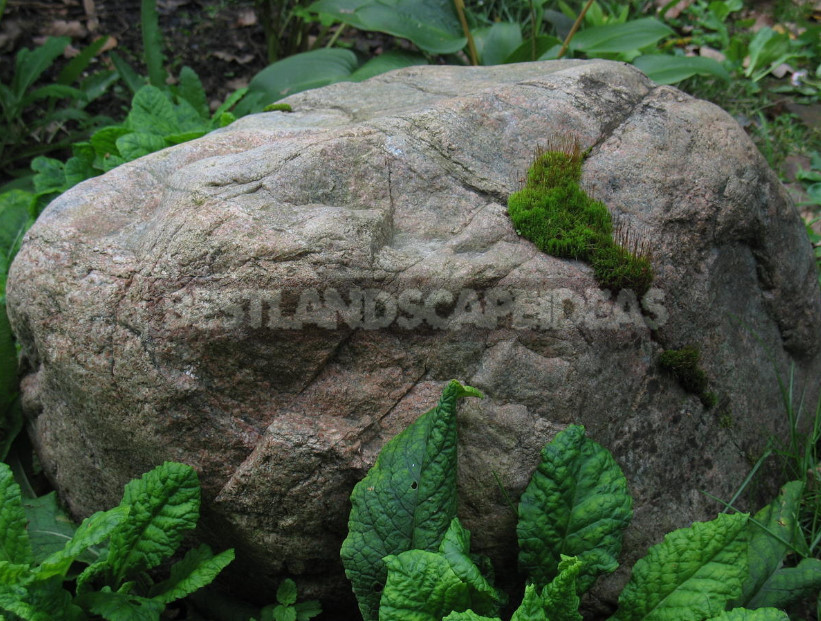
Much more pride of place a stone held in the East. There he was not only one of the components in almost any garden, but also had a deep philosophical meaning. The garden was perceived as a living organism, his blood was considered to be water, and the stones played an important role of the skeleton. In Japan, the monasteries and to this day are extremely common gardens, where the stone is the main or even the only component.
With the advancement of landscape style to the West landscape stone increasingly began to appear in European gardens. In addition, gaining popularity English landscape style inherited much from the Italian gardens, where the stone was a necessary element due to the characteristics of the area. Thus, the number of compositional solutions and architectural forms based on the use of “wild” stone began to grow. In the garden there are elements such as rock garden.
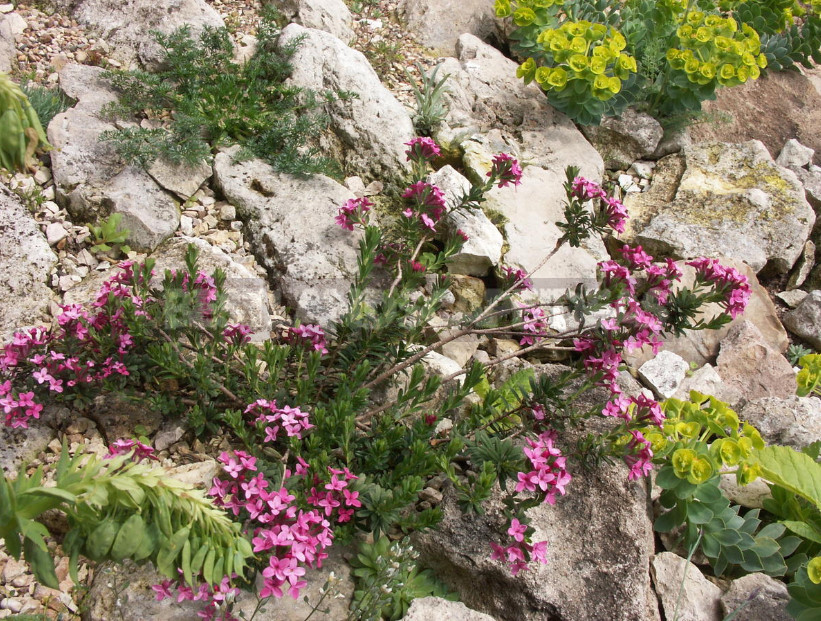
In the device rock garden stone plays an important architectural role-without a support stone, as a rule, it is difficult to create a hill of the required height. In the gardens there are boulders, gravel placers… in water structures, nature itself has pointed to the need to use different types of “wild” stone.
Stone increasingly included in modern landscape art. “Step-by-step” paths made of limestone or hewn boulders are increasingly found as a variant of secondary tracks. Pebble dumping decorate not only rockeries and coastal areas, but also flower beds. An unusual form of a lonely standing stone or a group of strange stones of different sizes – the emphasis is unique and expensive. Important, by the way, that way! An unusual and large stone is sometimes a kind of display of the status of the owner, and not some design idea.
When not to use the stone
The market responds vividly to new trends. There are a lot of ruins where you can buy the material of almost any shape, color and texture: from smooth Sandstone slabs to granite blocks that hardly fit into the truck body. Perhaps only the imagination of the designer is limited to the use of stone. It is very important not to overdo it, so as not to disturb the harmony of the garden. A lot depends on the architecture of the house, its location, the terrain, vegetation.
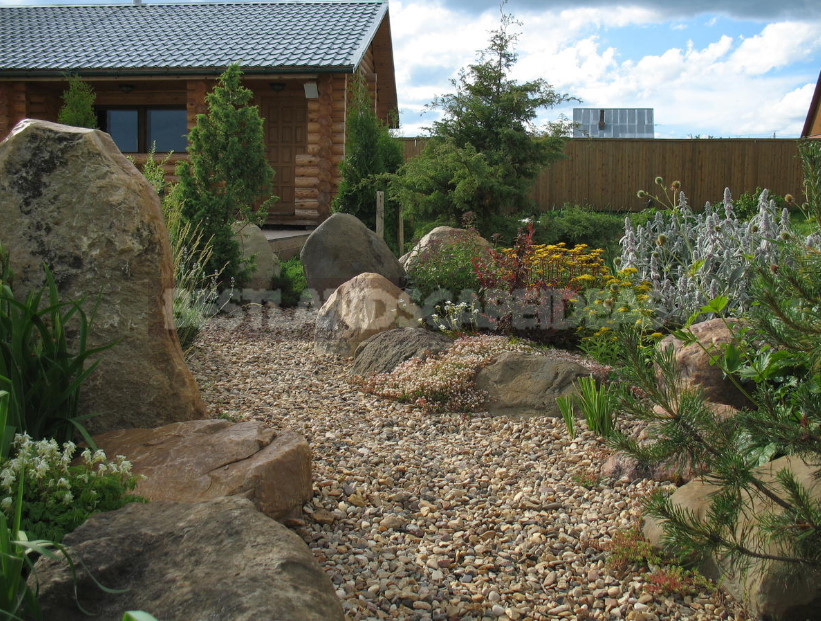
Repeatedly it was necessary to face the requirement of the customer to apply a landscape stone on a site for this purpose a little suitable. This comes from the deep conviction of the owner that in his garden must necessarily be stones. Unfortunately, in this case the rule “the customer is always right” is stronger than the style canons. And unsuitable for the use of stone land tenure were due to several circumstances.
- Architecture of the building already standing or under construction on the site
Classic style and its various variations are hard to link with the landscape layout in General, and the presence of stone near the facade of the house and does seem inharmonious. The straightness of the main paths is also poorly combined with scattered blocks of stone as if by nature. Sometimes the location of buildings is not conducive, and even contrary to the introduction of landscape elements in the garden.
- Landscape blocks are not in harmony with the size of the house and the area of the site
On a small, 12-15 acres of land, on which stands a large house, the alien will look like a medium-sized stone, and let the weight 700-900 kg.
- The relief and vegetation of the site do not contribute to the introduction of stone in the landscape
Close to the center of a flat open area is not necessary to break the rockery to flaunt the beauty of stone and plants in a single place. Such a rock or rockery looks alien, because it is not conditioned and not supported by the nature of the landscape as a whole.
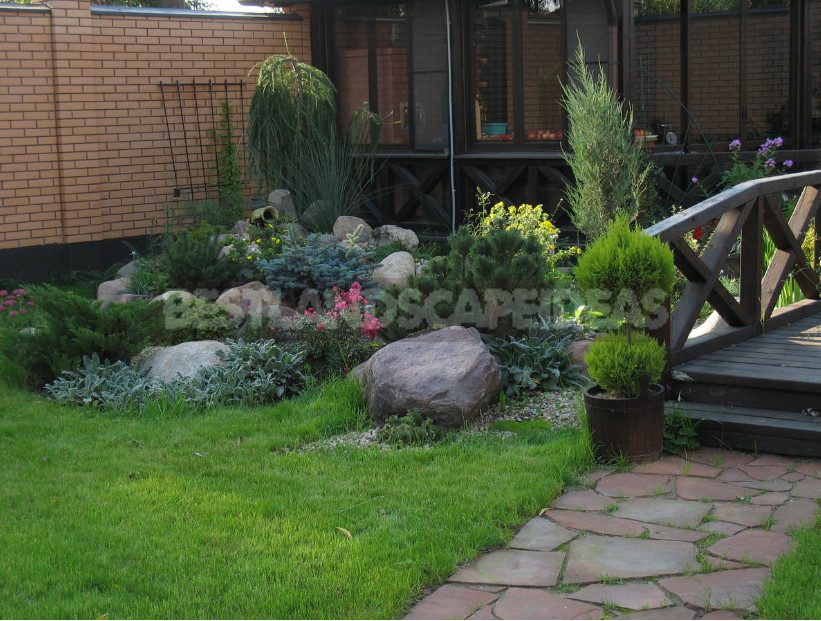
In this case, for harmony stony compositions should be placed throughout the garden area, so that they bring the viewer to the Central and main. However, the complex terrain of the site is very conducive to the introduction of stone.
Many plants of the middle zone are poorly combined with stone. Birch, oak – completely, eating hard, lindens, maples – almost nothing. The tall pines – it’s possible.
In the forests there are often ravines and a stream. So various kinds of dry riverbed is a good version of the style and justified the introduction of stone in the landscape.
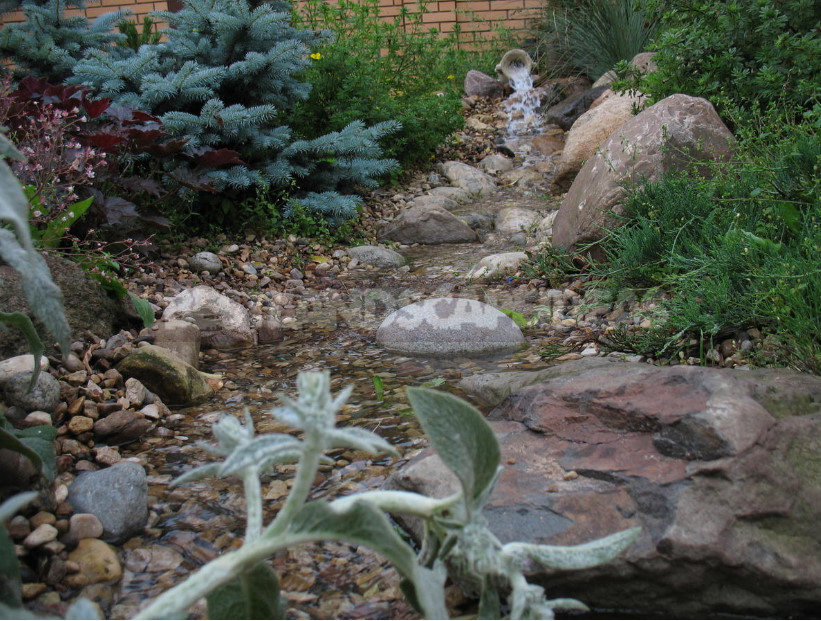
It is clear that it is not easy to successfully inscribe a landscape stone in the landscape, but architects still have to do it, and not only because customers insist on it. Although the stone can enrich the landscape of various kinds of paintings, to make it more interesting, unexpected and richer. In addition, with a number of plants and architectural forms of stone forms a very harmonious combination. It is only important to choose the right place and design. After all, only in this case the “wild” stone will fully show its decorative properties.


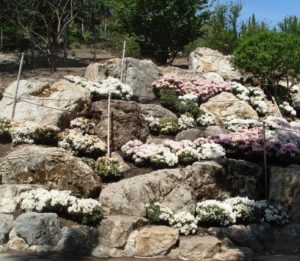
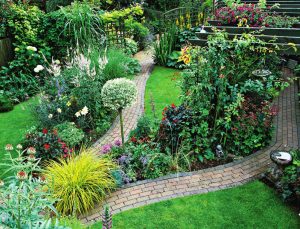
Leave a Reply